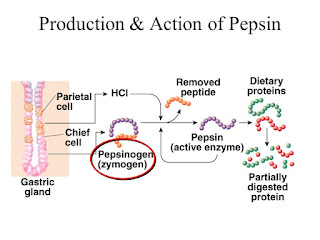The structure of Chimeric Antigen Receptor (CAR) I - Extracellular Target Antigen Binding Domains
Antigen Binding Domains
The antigen-binding domain of a chimeric antigen receptor is like the head of a train. It determines the target antigen specificity.
The antigen-binding site is made up of a heavy chain and a light chain joined together to form a single-chain variable fragment (scFv).
Single-chain variable fragment (scFv)
scFv targets extracellular surface cancer antigens, the biomarkers of the tumor cells. Classically, CD19 is presented in B cells in leukemia. Hence, CD19 is the biomarker that we want the CAR to recognize and bind with it.
Once the scFv of a CAR binds with the target antigen, the immune response, major histocompatibility complex (MHC)-independent T cell activation, results. This is when a cascade of molecular signaling starts to trigger an immune response to kill the tumor cells.
MHC-dependent, T cell receptors (TCR)-mimic CARs
Some may call it an improvement, but a T cell receptor (TCR)-mimic CAR functions well when it targets intracellular tumor-associated antigens. In contrast, when extracellular surface cancer antigens are the target, MHC-independent T cell activation is a preferable choice.
Parameter for CARs performance: affinity
Affinity is the metric used to quantify the performance and functionality of a CAR. High affinity means stronger CAR signaling and more activated T cells. However, things could go opposite when the affinity is too high - it could lead to unfavorably more activation-induced cell deaths (AICD) of T cells. This leads to toxicity and impacts the host.
If the affinity is too low, several factors could be considered. The epitope location, the target antigen density, and the avoidance of scFv associated with ligand-dependent tonic signaling are key aspects to address to optimize CAR-Target binding.





Comments
Post a Comment